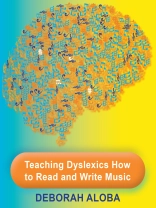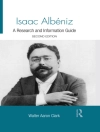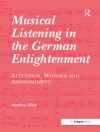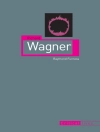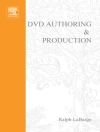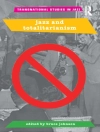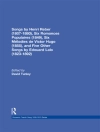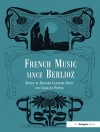Singer Deborah Aloba has been teaching singing and music for over 20 years. She managed a small opera company for 12 years and has run opera workshops in schools and prisons. She has a diverse student base, which includes students with dyslexia and other learning difficulties – all while acquiring a Master’s in Vocal Pedagogy.
She says:
‘I know from experience that the basics of reading and writing music are necessary if you want to perform well as a singer or musician. How else can you really understand what the composer wants from you?
Can you imagine what it must be like to pick up a piece of music and see all the components moving around a page? Or to want to perform a particular piece of music but to be unable to remember the words you are supposed to sing, even though you can see them clearly in front of you. Or to be unable to access the information the composer has given you to perform the piece? The experience can be overwhelming.
I believe that with the correct aids and methods many of the problems experienced by dyslexic and learning disabled students can be significantly reduced and, in some instances, resolved.
My first experience of teaching a dyslexic student made me realise that although there were aids and methods that could assist in their learning, they were not easily available. Much of the information was anecdotal and there was no one place to access it all from.
I have researched and tested the anecdotal evidence and developed my own methods. I also employ assistive technology when teaching my students, some who are now experimenting with composing music.
This book presents the aids and methods I have found most effective when teaching a dyslexic student and I hope you and your students will find it useful.’
Cuprins
List of Illustrations……………………………………………….v
Foreword…………………………………………………………. ix
1. Introduction…………………………………………………….1
2. Defining Dyslexia…………………………………………….4
3. Does the Student Absorb Information Visually,
Aurally or Kinaesthetically?……………………………….7
4. Assessing if a Student has a Learning Difficulty…..9
5. Visual Stress…………………………………………………14
6. Using Colour…………………………………………………26
Coloured Notes…………………………………………………………26
Coloured Staves………………………………………………………..39
Bar Lines …………………………………………………………….44
Music Stem Positions…………………………………………………50
Fonts …. …………………………………………………………….59
Examples of Dyslexie font – Enlarged…………………………..67
Examples of Dyslexie font- Increased Line Spacing………69
Examples of Dyslexie Font – Increased Word Spacing…..70
Dynamic Markings……………………………………………………..72
Rests …. …………………………………………………………….72
7. Dysgraphia…………………………………………………..74
Writing Music…………………………………………………………….75
Improving Automaticity When Writing Music………………….78
How best to help improve automaticity………………………….78
8. Kinaesthesia and Dyslexia……………………………..82
Rhythm Tree Game……………………………………………………96
Rhythm Clapping Game……………………………………………104
9. Lack of Focus……………………………………………..105
10. Multi-sensory approaches…………………………..107
11. Coping with Visual Stress and Phonological
Methods with Deep Dyslexia………………………… 112
12. Assistive Technology for Exam Preparations…. 119
Download and Install Musescore……………………………….121
How to Upsize the Musescore Palette………………………..122
13. Causes of Dyslexia…………………………………….163
Magnocellular Deficit………………………………………………..163
Phonological Processing…………………………………………..167
Cerebellar Theory…………………………………………………….170
14. Auditory Processing Disorder………………………173
Causes . …………………………………………………………..174
15. Conclusion………………………………………………..176
Bibliography……………………………………………………177
Despre autor
Singer Deborah Aloba has been teaching singing and music for over 20 years. She managed a small opera company for 12 years and has run opera workshops in schools and prisons. She has a diverse student base, which includes students with dyslexia and other learning difficulties – all while acquiring a Master’s in Vocal Pedagogy.
